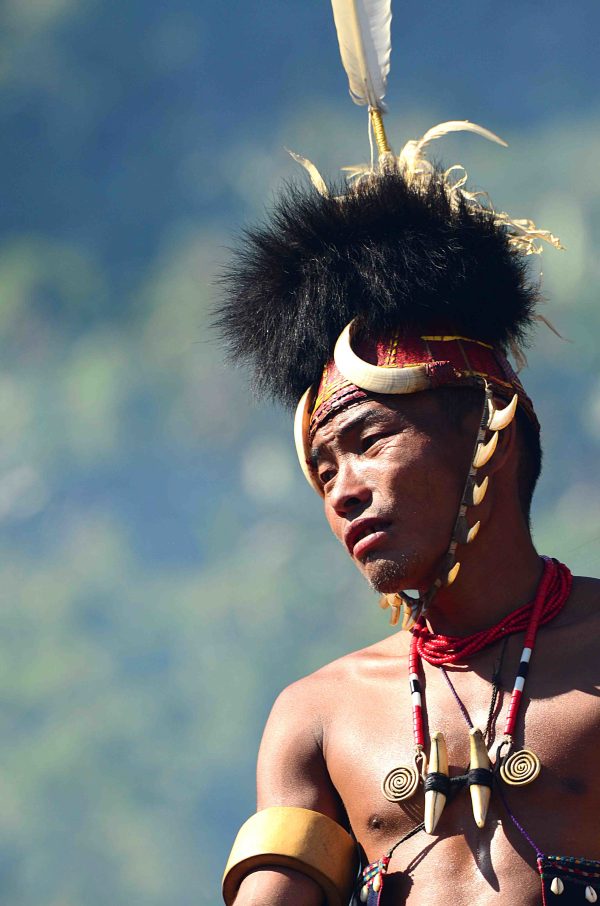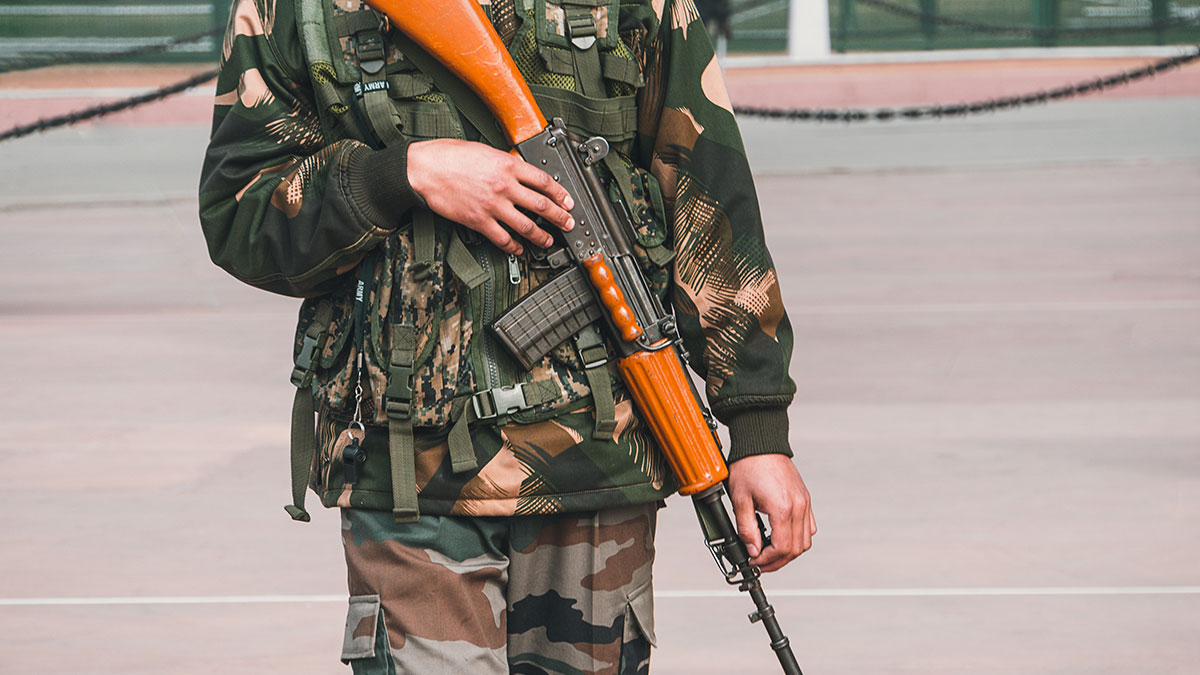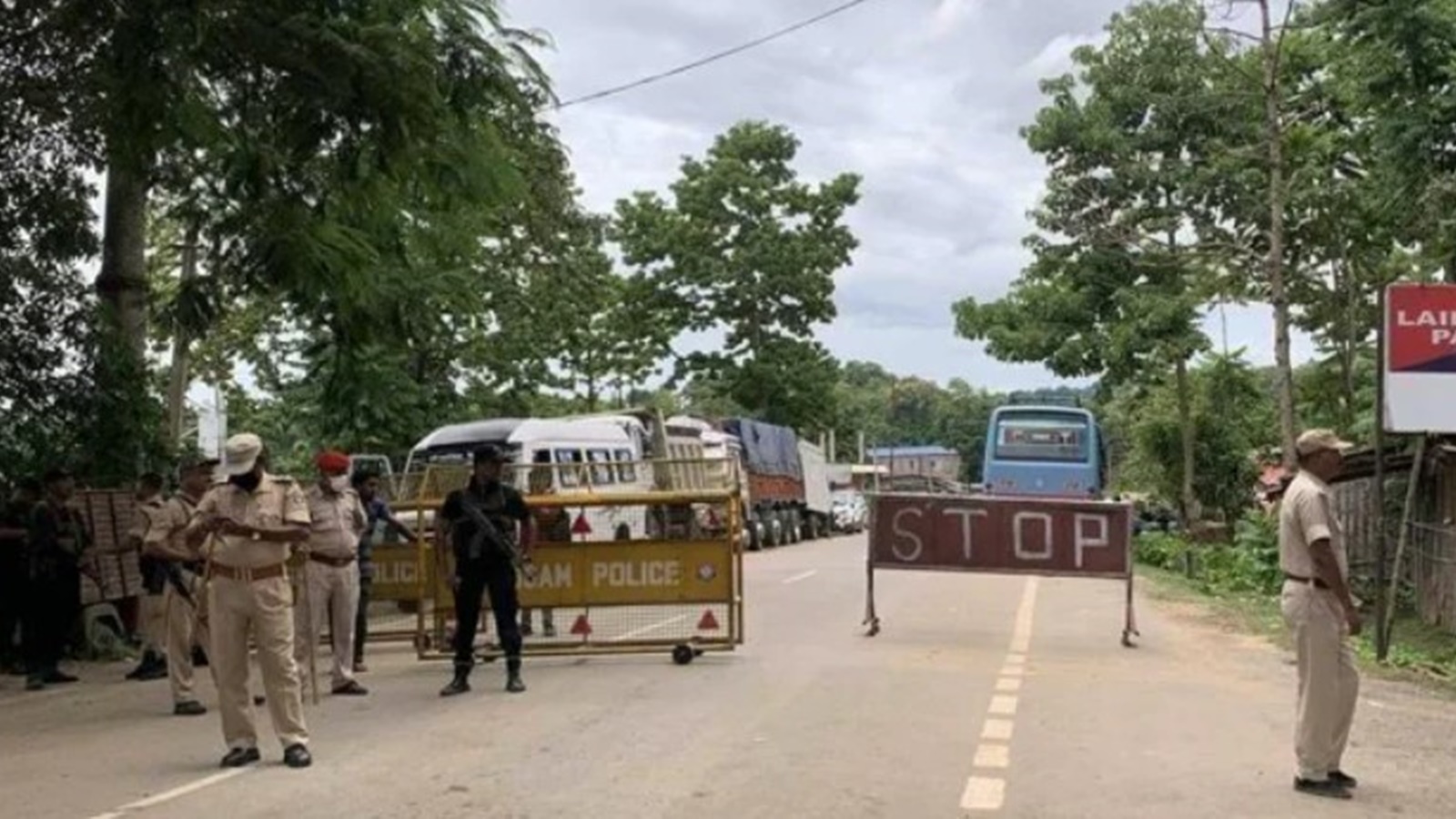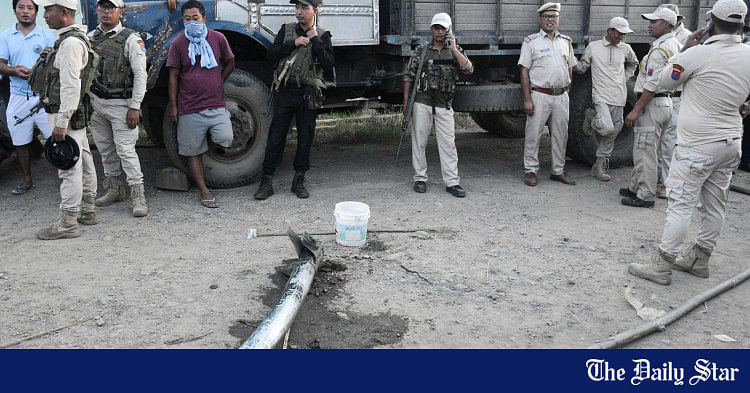Manipur VIOLENCE
India to re-run election at 11 places
India, staging the world's biggest election, will re-run voting at 11 polling stations in the northeastern state of Manipur today after reports of violence and damage to voting machines in the state torn by months of ethnic clashes.
The election authorities declared the voting void at the 11 locations and ordered the fresh poll, the chief electoral officer of Manipur said in a statement late on Saturday.
The main opposition Congress party had demanded a re-run at 47 Manipur polling stations, alleging that booths were captured and elections were rigged.
India to re-run election at 11 places
India, staging the world's biggest election, will re-run voting at 11 polling stations in the northeastern state of Manipur today after reports of violence and damage to voting machines in the state torn by months of ethnic clashes.
The election authorities declared the voting void at the 11 locations and ordered the fresh poll, the chief electoral officer of Manipur said in a statement late on Saturday.
The main opposition Congress party had demanded a re-run at 47 Manipur polling stations, alleging that booths were captured and elections were rigged.















